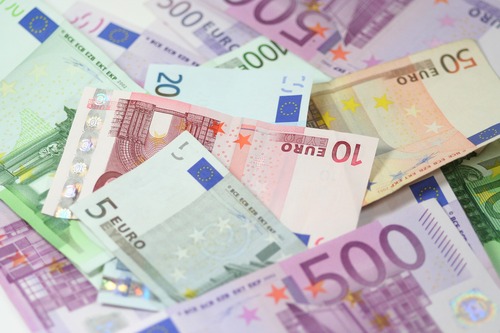Un record non atteint depuis 10 ans
Les Français n’ont pas été épargnés par la crise du Covid-19 et la plupart ont décidé de placer leur argent plutôt que de consommer afin de pouvoir faire face à d’éventuels imprévus. La Caisse des Dépôts a publié le 23 juin 2020 les derniers chiffres des retraits et des dépôts sur le Livret A et le LDDS (Livret de développement durable et solidaire).
Le Livret A rencontre un succès important, avec près de 5,5 milliards d’euros nets collectés au mois d’avril, un record non atteint depuis 10 ans. Le LDDS, qui contribue au financement de l’économie sociale et solidaire, a également séduit les Français, avec une collecte nette approchant les 2 milliards d’euros sur cette même période.
Au total, la collecte nette enregistrée par ces deux placements réunis s’élève à plus de 5 milliards d’euros en mai. Elle atteint 22,4 milliards d’euros sur les 5 premiers mois de l’année, contre 13,7 milliards d’euros sur la même période en 2019.
Une « frénésie d’épargne » qui inquiète les économistes
La hausse des sommes déposées sur les Livrets A et LDDS n’est pas liée à leur rémunération attractive. En effet, le taux de rémunération de ces produits d’épargne est passé de 0,75 à 0,5 % en février dernier. Avec l’application de cette nouvelle formule de calcul, Bercy espérait inciter les Français à diversifier leurs placements et, de la même manière, permettre un meilleur financement des logements sociaux.
En temps normal, l’assurance-vie est le placement privilégié par les épargnants. Toutefois, en mars, ce produit a connu une décollecte importante, à 2,2 milliards d’euros. Les Français ont préféré déposer leur argent sur les livrets, une « frénésie d’épargne » qui inquiète les économistes et les pouvoirs publics. Le groupe BPCE anticipe un taux d’effort d’épargne compris entre 17 et 20 % d’ici la fin de l’année. De leur côté, les parlementaires souhaitent faire des propositions pour réorienter l’épargne des Français vers des solutions plus productives finançant la consommation et l’investissement.
Selon plusieurs analystes, le choix fait par les ménages de renforcer leur épargne de précaution « illustre un fort niveau d’inquiétude ». La restauration d’un climat de confiance est nécessaire pour que les sommes placées soient avant tout destinées à soutenir l’économie. Sur le long terme, le gouvernement devra donc rassurer les Français inquiets pour l’avenir.
